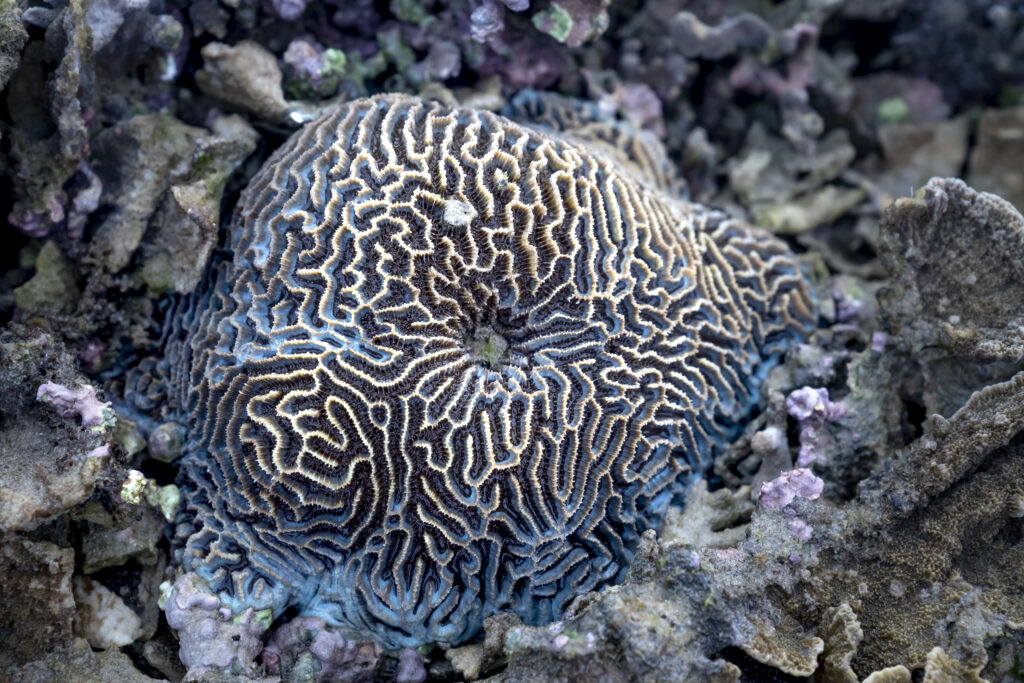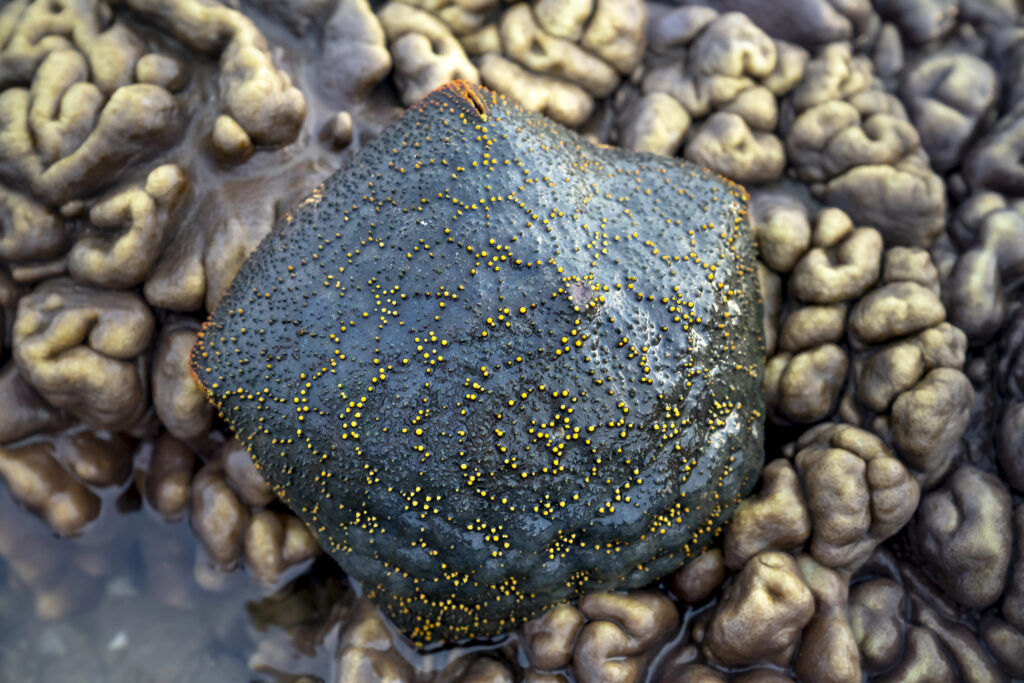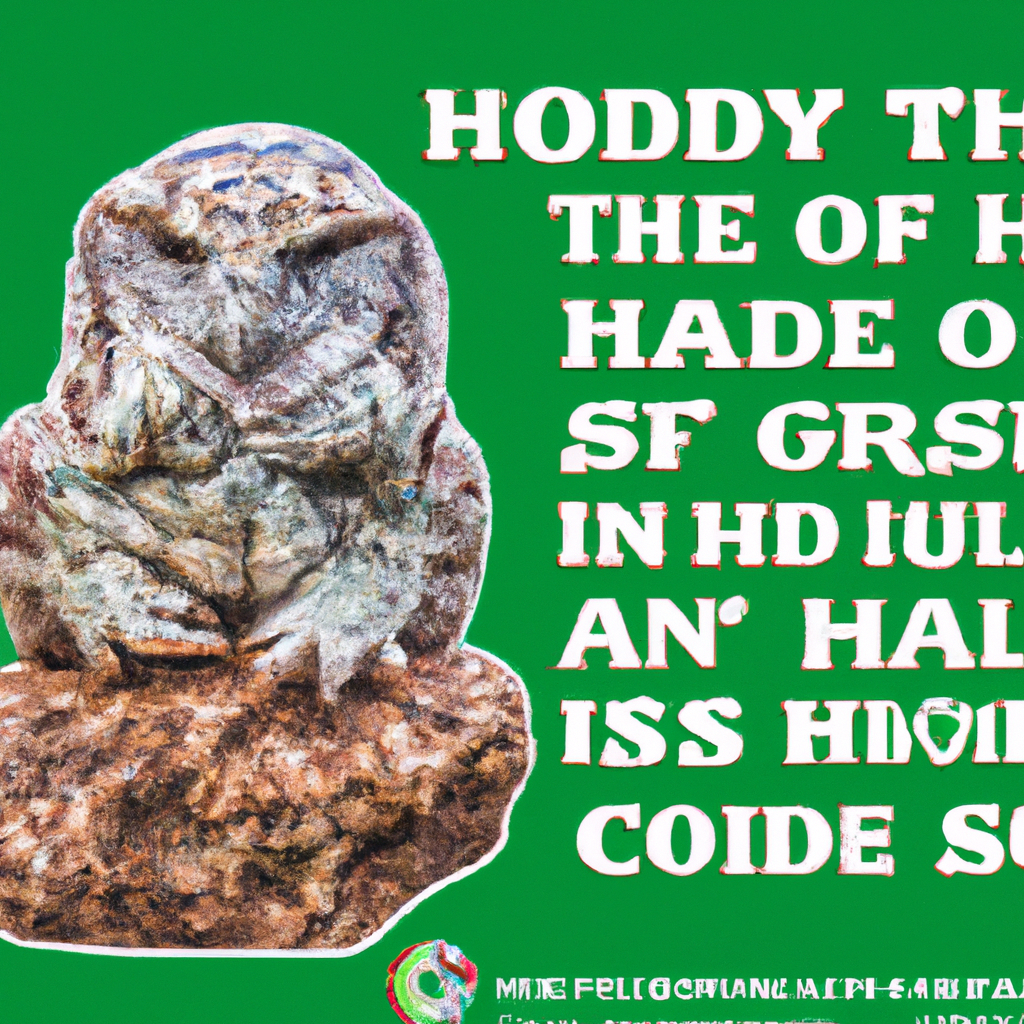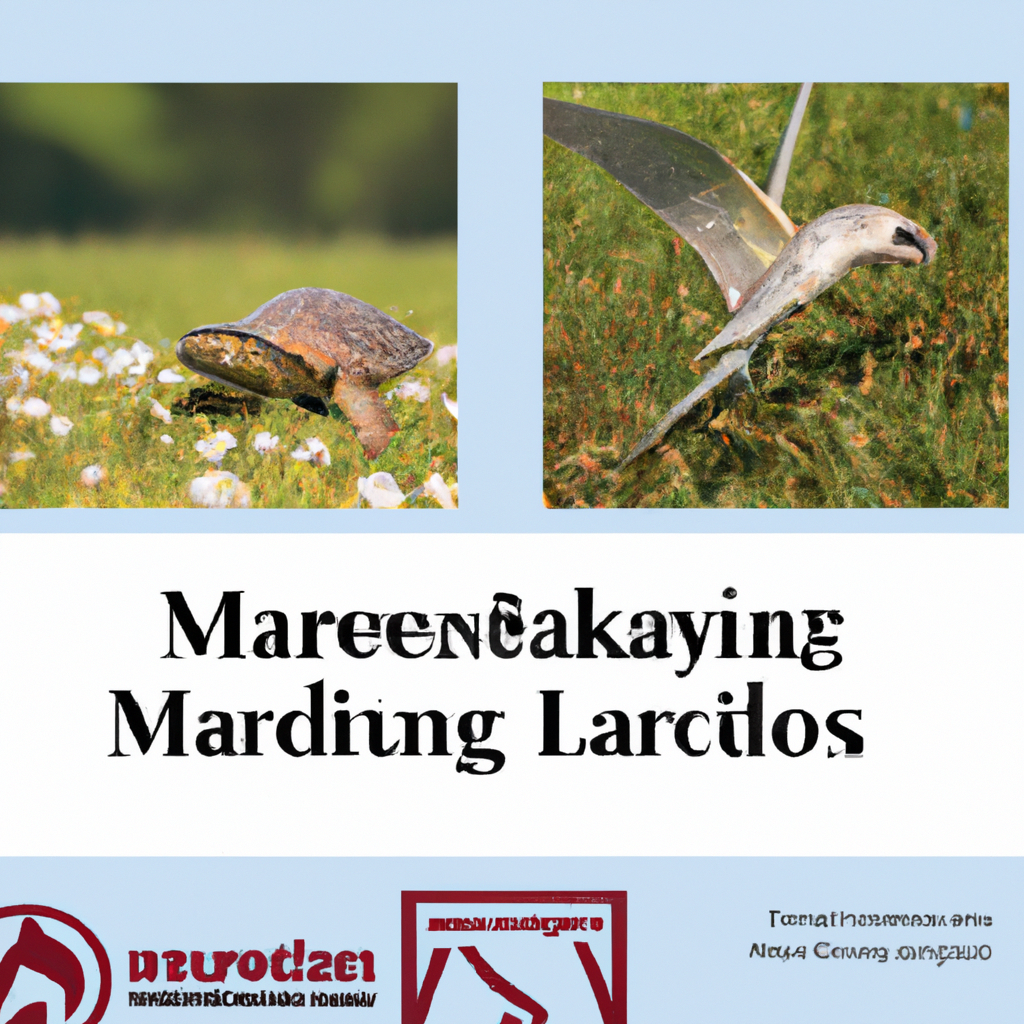Did you know that Maryland is home to a diverse range of wildlife? From the Chesapeake Bay to the Appalachian Mountains, this state boasts a variety of ecosystems that provide habitat for countless species. However, amidst this abundance of biodiversity, there is a pressing concern – are there any endangered species in Maryland? In this article, we will explore the current status of endangered species in Maryland and shed light on the efforts being made to protect these precious animals and plants. Join us on this journey as we uncover the fascinating world of Maryland’s endangered species and discover the importance of conserving these fragile populations.
Overview of Maryland’s Wildlife
Maryland is home to a diverse range of wildlife, thanks to its varied ecosystems. From the coastal plains to the mountainous regions, the state offers a rich habitat for an array of species. The state’s wildlife not only contributes to the natural beauty of Maryland but also plays a crucial role in maintaining a balanced ecosystem. To ensure the preservation of this invaluable biodiversity, wildlife conservation efforts have become increasingly significant.
Diverse Ecosystems in Maryland
One of the reasons for the abundance of wildlife in Maryland is its diverse ecosystems. The state encompasses multiple habitat types, including forests, wetlands, rivers, and coastal areas. Each of these ecosystems provides unique niches and resources that support various species. For example, the Chesapeake Bay and its surrounding wetlands serve as critical breeding grounds and feeding areas for many fish, shellfish, and bird species.

Significance of Wildlife Conservation
Conservation of Maryland’s wildlife is of utmost importance due to several reasons. Firstly, maintaining a healthy and diverse wildlife population ensures the preservation of the state’s natural heritage. Many iconic species have become representative of the Chesapeake Bay region, drawing tourists and enthusiasts who appreciate the beauty and uniqueness of these creatures.
Furthermore, wildlife plays a vital role in the state’s ecosystems. They contribute to pollination, seed dispersal, and nutrient cycling, all of which are essential for the health and productivity of the natural environment. By conserving wildlife, we also safeguard the stability and resilience of these ecosystems, which, in turn, provides us with a multitude of ecological services.
Endangered Species in Maryland
Definition of Endangered Species
An endangered species is a species that is at risk of extinction due to factors such as habitat loss, overhunting, pollution, or climate change. The designation of a species as endangered indicates that urgent conservation actions are necessary to prevent its extinction.
Federal Endangered Species Act
The Federal Endangered Species Act (ESA) was enacted by the United States Congress in 1973 to provide a framework for protecting and conserving endangered and threatened species. Under this act, the U.S. Fish and Wildlife Service (USFWS) and the National Marine Fisheries Service (NMFS) are responsible for the administration and enforcement of regulations related to endangered species.
State of Maryland’s Endangered Species List
Maryland maintains its own list of endangered and threatened species, which complements the federal protections provided by the ESA. The Maryland Department of Natural Resources (DNR) is responsible for determining the status of species and enforcing regulations to ensure their conservation. Currently, there are numerous species on Maryland’s endangered and threatened lists, highlighting the need for continued conservation efforts.

Factors Threatening Maryland’s Wildlife
Maryland’s wildlife faces a range of threats that jeopardize their existence. Understanding these factors is crucial in developing effective conservation strategies to mitigate their impacts.
Habitat Loss and Fragmentation
One of the most significant threats to Maryland’s wildlife is habitat loss and fragmentation. As human development expands, natural habitats are destroyed or converted for various purposes, such as urbanization, agriculture, and infrastructure. This loss of habitat disrupts the ecological balance and can lead to the decline or extinction of vulnerable species.
Invasive Species
Invasive species pose a significant threat to native wildlife in Maryland. These non-native species, introduced accidentally or deliberately, can outcompete native species for resources, disrupt food chains, and alter the structure and function of ecosystems. Invasive species can have devastating effects on the populations of native species, particularly those already facing other challenges.
Climate Change
Climate change is a global phenomenon that poses a grave threat to wildlife worldwide, including in Maryland. Rising temperatures, changing precipitation patterns, and increased frequency of extreme weather events can disrupt ecosystem dynamics and alter habitats. These changes can affect the availability of resources, migration patterns, breeding cycles, and the overall survival of many species.
Pollution
Pollution, whether from industrial activities, agriculture, or urban runoff, can have severe impacts on Maryland’s wildlife. Toxic substances, such as heavy metals and pesticides, can accumulate in ecosystems, leading to harmful effects on both wildlife and their habitats. Pollution can also degrade water quality, affecting aquatic species like fish and amphibians, and it can damage delicate ecosystems like wetlands.
Overhunting and Poaching
Unregulated hunting and poaching have historically posed threats to Maryland’s wildlife. Overhunting can deplete populations of species that are important for maintaining ecological balance, disrupting natural processes and impacting other species dependent on them. Poaching, the illegal hunting or capturing of wildlife, further intensifies these threats. Stricter enforcement and public education are vital in combating these issues.
Iconic Endangered Species in Maryland
Some species in Maryland have become emblematic of the state’s wildlife heritage and are in need of special attention and conservation efforts.
Delmarva Peninsula Fox Squirrel
The Delmarva Peninsula fox squirrel (Sciurus niger cinereus) is a subspecies of the fox squirrel that is native to Maryland. Historically, their population declined due to habitat loss and overhunting. Thanks to conservation efforts, including habitat restoration and reintroduction programs, their population has gradually recovered. However, they still face ongoing threats from habitat degradation and fragmentation.
Piping Plover
The piping plover (Charadrius melodus) is a small shorebird that breeds along the coast of Maryland. This species is listed as endangered both federally and at the state level. Coastal development, habitat loss, disturbance from human activities, and predation pose significant challenges to their survival. Conservation efforts focus on protecting nesting sites, managing invasive species, and raising public awareness.
Maryland Darter
The Maryland darter (Etheostoma sellare) is a small fish species found in the Potomac River watershed in Maryland. It is considered endangered due to habitat degradation, sedimentation, and pollution. Conservation measures focus on improving water quality, restoring suitable habitats, and monitoring population trends.
Loggerhead Sea Turtle
While typically associated with warmer waters, loggerhead sea turtles (Caretta caretta) are occasionally found in Maryland’s coastal waters. These turtles face numerous threats, including entanglement in fishing gear, habitat degradation, and climate change. Conservation efforts include beach monitoring, nest protection, and improved fishing practices to minimize accidental capture.

Conservation Efforts in Maryland
Efforts to conserve Maryland’s wildlife are undertaken at various levels, from national parks to local communities. These initiatives aim to protect critical habitats, restore degraded areas, and create awareness about the importance of wildlife conservation.
Wildlife Conservation in National Parks
Maryland is home to several national parks and wildlife refuges, providing important havens for wildlife. Parks like Assateague Island National Seashore and Catoctin Mountain Park contribute to the conservation of endangered species through habitat preservation, research, and public education programs. They serve as living laboratories for studying the ecological dynamics and implementing effective conservation practices.
Preservation of Critical Habitats
Preserving critical habitats is paramount to protecting endangered species in Maryland. This involves identifying and designating areas of special significance for wildlife and implementing measures to manage and maintain these habitats. Conservation organizations, government agencies, and local communities collaborate to establish protected areas, such as wildlife management areas and nature preserves, where habitat conservation is prioritized.
Restoration Initiatives
To counter the impacts of habitat loss and degradation, restoration efforts are carried out in various ecosystems across Maryland. These initiatives involve the reestablishment of native vegetation, removal of invasive species, and the creation or restoration of wetlands and other important habitats. Restoration projects often include community involvement and engagement, creating a sense of stewardship and pride in preserving Maryland’s natural heritage.
Collaborative Partnerships for Wildlife Preservation
Preserving Maryland’s wildlife requires collaborative efforts between government agencies, non-profit organizations, and citizen science initiatives. These partnerships combine expertise, resources, and public participation to achieve effective wildlife conservation outcomes.
Government Agencies
Government agencies, such as the Maryland Department of Natural Resources (DNR) and the U.S. Fish and Wildlife Service (USFWS), play a critical role in regulating conservation efforts and enforcing wildlife protection laws. They conduct research, develop conservation plans, and manage protected areas to safeguard endangered species and their habitats.
Non-profit Organizations
Non-profit organizations dedicated to wildlife conservation play an integral role in Maryland’s conservation landscape. Organizations like the Chesapeake Bay Foundation, the Maryland Ornithological Society, and the Maryland Conservation Council work towards protecting habitats, monitoring species populations, and advocating for wildlife-friendly policies and legislation.
Citizen Science Initiatives
Citizen science initiatives actively involve the public in collecting data, participating in research, and supporting conservation efforts. Projects like bird monitoring programs, butterfly counts, and surveys of amphibians and reptiles allow citizens to contribute valuable information that aids in understanding the distribution and abundance of wildlife species. Collaborations between scientists and citizens strengthen conservation efforts and increase public awareness and engagement.

Challenges in Endangered Species Recovery
The recovery of endangered species faces several challenges that complicate conservation efforts and require ongoing attention and strategic planning.
Limited Resources
One of the primary challenges in endangered species recovery is limited resources. Conservation initiatives require financial support, scientific expertise, and dedicated staff to implement effective strategies. Insufficient funding can hinder the scale and scope of conservation actions, making it difficult to address all the needs of endangered species.
Conflicting Interests
Endangered species recovery often comes into conflict with other economic or societal interests. For example, protecting critical habitats may clash with development projects or land use for agriculture. Balancing the needs of endangered species with human activities requires careful consideration, collaboration, and the development of strategies that ensure a sustainable future for both wildlife and communities.
Public Awareness and Education
Public awareness and education play a crucial role in supporting conservation efforts. Lack of awareness about the importance of wildlife conservation and the impact of human activities on endangered species can undermine conservation measures. Educating the public about the value of biodiversity, the role of endangered species in ecosystems, and the steps individuals can take to support conservation is essential for long-term success.
Success Stories of Species Recovery
Despite the challenges, there have been notable success stories in the recovery of endangered species in Maryland.
Bald Eagle
The bald eagle (Haliaeetus leucocephalus) is an iconic species that has made a remarkable comeback in Maryland. Once on the brink of extinction due to habitat loss, pesticide use, and hunting, the bald eagle population has recovered significantly. Protection under the ESA, habitat restoration efforts, and the banning of the pesticide DDT have allowed this magnificent bird to thrive once again.
Atlantic Sturgeon
The Atlantic sturgeon (Acipenser oxyrinchus) is a fish species that has faced significant declines due to overfishing, habitat degradation, and pollution. However, concerted conservation efforts, including the establishment of fishing restrictions, habitat restoration projects, and enhanced water quality management, have resulted in a rebounding population. The Atlantic sturgeon is now showing promising signs of recovery in Maryland’s rivers.
Karner Blue Butterfly
The Karner blue butterfly (Lycaeides melissa samuelis) is a rare butterfly species that relies on specific habitats, including pine barrens and oak savannas. Loss of habitat due to land development and fire suppression caused a severe decline in their population. Through habitat restoration and reintroduction programs, the Karner blue butterfly is slowly returning to Maryland’s landscapes, offering hope for its long-term survival.

Future Outlook for Maryland’s Endangered Species
Looking ahead, several factors will shape the future outlook for endangered species in Maryland and the effectiveness of conservation efforts.
Changing Land Use Patterns
As Maryland’s population continues to grow, land use patterns will undergo significant changes. It will be crucial to ensure that responsible and sustainable land management practices are implemented to mitigate the impacts on wildlife habitats. Collaboration between government, developers, and conservation organizations will be crucial in striking a balance between development and wildlife preservation.
Integrated Approaches to Conservation
Integrated approaches to conservation, such as landscape-level planning and ecosystem-based management, will be essential for ensuring the long-term persistence of endangered species. By considering ecological connections, habitat connectivity, and the interdependencies between species, conservation efforts can be more effective in addressing the complex challenges faced by Maryland’s wildlife.
Mitigating Climate Change Impacts
The increasing impacts of climate change pose a significant threat to Maryland’s wildlife. Mitigating these impacts by reducing greenhouse gas emissions, adapting management strategies, and protecting climate-resilient habitats will be crucial. Collaborative efforts at the local, state, and national levels are necessary to address the challenges posed by climate change and secure a future for Maryland’s endangered species.
Conclusion
The protection and conservation of Maryland’s wildlife are vital endeavors that go hand in hand with maintaining a healthy and sustainable environment. With its diverse ecosystems and iconic endangered species, Maryland offers an opportunity to make significant contributions to species preservation and ecosystem health. Through collaborative partnerships, public participation, and an integrated approach to conservation, we can ensure the continued existence of endangered species and preserve the beauty and biodiversity that make Maryland such a unique and special place. It is our shared responsibility to protect and cherish the wildlife that enriches our lives and safeguards the health of our planet.

